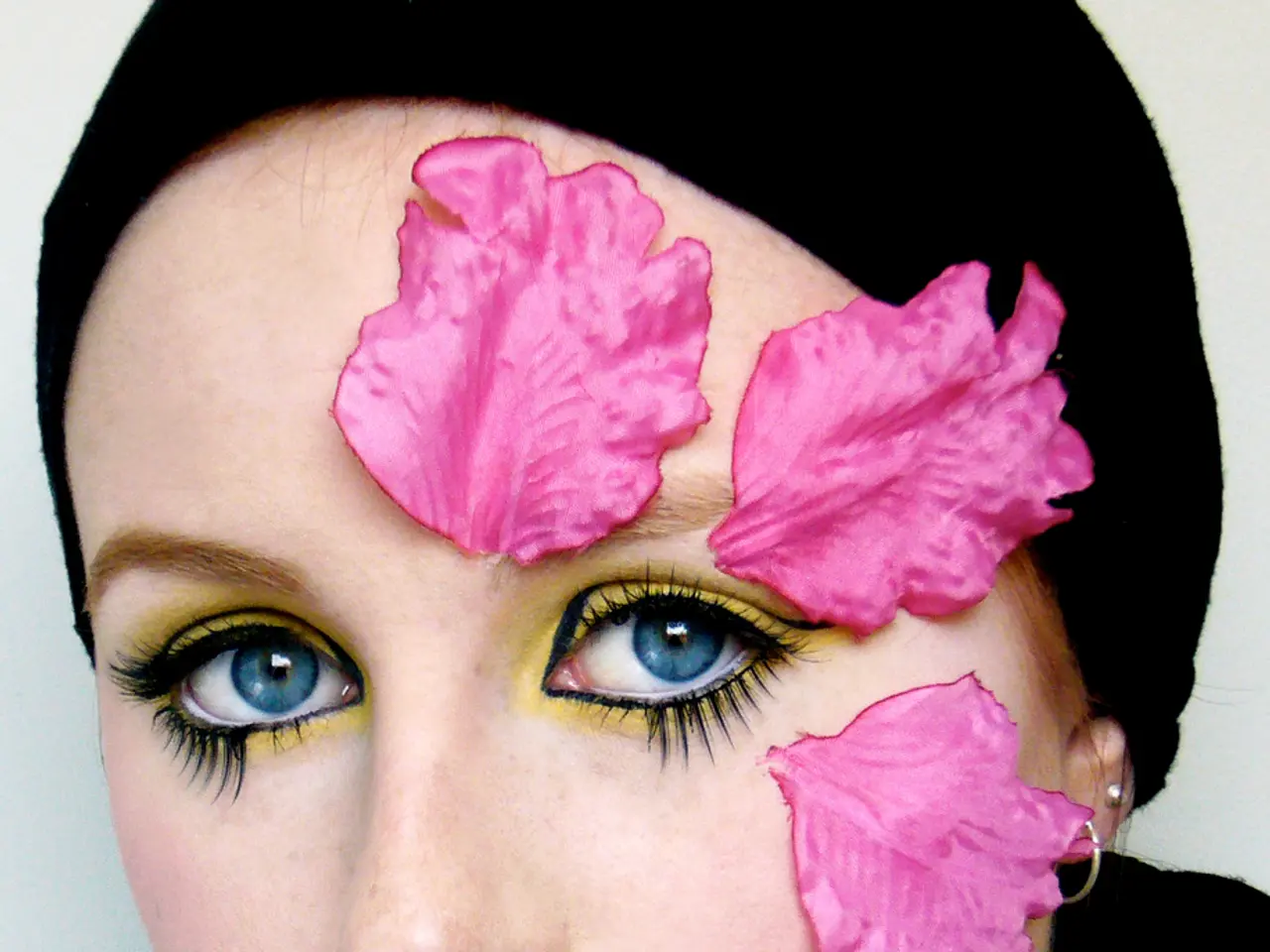Artificial Intelligence Implementation Enforces Age Restrictions by Removing Digital Makeup for Underage Users
In the digital age, age verification has become a crucial aspect, particularly in online platforms. The UK's Online Safety Act mandates the use of third-party services for age verification, including visual age verification methods. However, one challenge that these systems face is the deceptive effects of makeup, which often leads to incorrect predictions, especially for minor females who may use makeup to appear older.
Recently, a study proposed a solution to this issue: an AI tool called DiffClean. This diffusion-based makeup removal model, guided by text prompts, has shown notable effectiveness in improving age estimation accuracy, particularly in distinguishing minors from adults.
The objective of the project was to achieve an AI-driven method of removing the appearance of makeup from imagery, in order to obtain a better idea of the true age of the person behind the makeup. The training set for the model included 600 examples, paired across five reference styles from BeautyGAN. The model was refined further using 300 additional UTKFace images, augmented with synthetic makeup via EleGANt.
DiffClean consistently narrowed the gap between apparent and actual age on the BeautyFace and LADN datasets. Across both datasets, DiffClean lowered the overestimation and underestimation errors by about three years on average, suggesting that the system generalizes well to real-world cosmetic styles.
Performance was evaluated on both synthetic and real-world images. DiffClean outperformed both baselines, CLIP2Protect and DiffAM, in terms of Minor/Adult classification accuracy, age group accuracy, and mean absolute error (MAE).
However, the development of such tools faces several challenges. Gathering sufficiently diverse training datasets that include high-quality, annotated images of faces with varied makeup styles is challenging. Makeup styles differ intensely by culture, age group, and individual application, making it hard to create generalized models. Realistic and large-scale datasets featuring minors with and without makeup are difficult to obtain due to privacy protections, consent issues, and ethical considerations.
Makeup can significantly alter skin tone, texture, and facial contours, introducing variability that confuses age estimation models. The subtle types of makeup, such as light foundation or contouring, need to be detected and removed accurately without degrading natural facial features critical for age assessment.
Training diffusion models like DiffClean requires extensive computational resources and careful balancing between removing makeup and preserving identity features. Ensuring that makeup removal does not introduce artifacts or distortions that could mislead age estimation or face verification models is a non-trivial task.
Benchmarking improvement due to makeup removal needs well-defined protocols across digitally simulated and real-world makeup images, complicating experimental design. Other AI techniques for skin and age analysis employ multiple skin parameters (e.g., elasticity, pores, wrinkles) to predict age but may lack robustness under makeup interference.
In conclusion, AI-driven makeup removal tools like DiffClean substantially improve age estimation accuracy for minor females by mitigating makeup-induced confounders, but face significant challenges in acquiring diverse real-world data, modeling subtle makeup effects, and balancing makeup removal with preservation of identity features during training.
References:
- DiffClean: Diffusion-based Makeup Removal for Accurate Age Estimation
- Challenges in Skin and Age Analysis under Makeup
- The Impact of Makeup on AI Age Calculators
- MiVOLO: A Framework for Age Estimation
- EleGANt: A Generative Adversarial Network for Synthetic Makeup Generation
- The study on DiffClean, a diffusion-based makeup removal model, implemented an AI tool to improve age estimation accuracy in the digital age, especially for minor females who use makeup to appear older, by battle-testing it against characteristics of makeup that confound age estimation systems.
- In the development of AI-driven makeup removal tools like DiffClean, one of the main obstacles lies in the acquisition of diverse real-world data for training, which must accurately represent varied makeup styles across cultures, age groups, and individual applications, while adhering to privacy protections, consent issues, and ethical considerations.




